Here is an article that deals directly with the stimulus package the Obama administration has developed. This was e-mailed to me this morning from the Associated Press.
American International Group Inc., one of the largest recipients of government aid during the financial crisis, reported a $2.4 billion loss due to restructuring charges Friday as the sprawling insurance company made more strides toward trimming down its balance sheet and returning taxpayer-funded bailout money.
The moves by New York-based AIG, which is still 80 percent owned by the government, will likely result in an upgrade to the company’s credit ratings, setting the stage for the government to take the steps necessary to start selling its stake.
AIG still owes about $100 billion from the bailout package it received two years ago at the peak of the 2008 credit crisis, shortly after the collapse of the Lehman Brothers investment bank. One of the first portions that AIG plans to repay is a $20 billion credit facility extended by the Federal Reserve which carries a hefty fee.
“In the fourth quarter, we want to exit the Federal Reserve debt,” said Robert Benmosche, CEO of AIG, in an interview with The Associated Press. Benmosche expects the company will likely take another charge in the fourth quarter of $4.7 billion related to repaying the Fed.
AIG was one of the hardest-hit financial companies by the credit crisis, and its bailout package enabled it to tap as much as $180 billion in aid. AIG’s massive losses stemmed not from its traditional insurance businesses but from exotic financial instruments based on mortgage securities, which caused the company to incur huge deficits as the housing market crumbled. Regulators feared that if AIG collapsed it could send even worse shock waves through the financial system because of how deeply intertwined AIG’s dealings were with major banks.
The company has been selling off assets in order to raise funds to repay the government. It recently raised $36.7 billion by selling and spinning off two life insurance divisions, and it also entered agreements to sell three other business units. The company’s third-quarter results included restructuring-related charges amounting to $4.5 billion, mostly tied to the assets sales.
The latest moves by AIG position the company to get a boost to its credit ratings within the next two weeks. In a previous ratings report, S&P had said that AIG’s current credit rating of BB, which is considered “junk,” or below investment-grade, will likely rise to BBB, which is investment grade. That would allow a much wider group of portfolio managers to own AIG’s debt.
“These are critical milestones,” said Kevin Ahern, credit analyst at Standard & Poor’s, who is part of the team that reviews AIG’s rating. “We view those transactions as significant and we’re likely to move upward on AIG’s rating.”
Ahern said he was also heartened that the results from AIG’s core operations were slowly showing signs of strength. In the third quarter, AIG’s operating income from its insurance business was $2.05 billion, up from $1.92 billion in the same period last year.
The U.S. Treasury said earlier this week that it will own 92.1 percent of AIG when it coverts its $49 billion preferred shares into 1.66 billion shares of common stock after AIG’s restructuring process is completed. Based on AIG’s current stock price, those shares are worth about $74 billion, which could give the Treasury a gain of $25 billion, if the shares manage to hold on to their current levels.
AIG’s shares edged up 16 cents to $44.91 Friday.
In the third quarter, AIG lost $2.4 billion, or $17.62 per share, compared with earnings of $92 million, or 68 cents per share, a year ago.
The pending sale of AIG’s 80 percent stake in consumer credit business American General Finance Inc. weighed heavily on the quarter, as AIG incurred a $1.9 billion loss related to the transaction.
